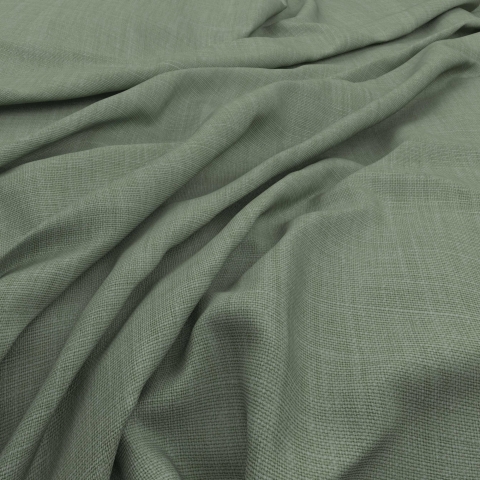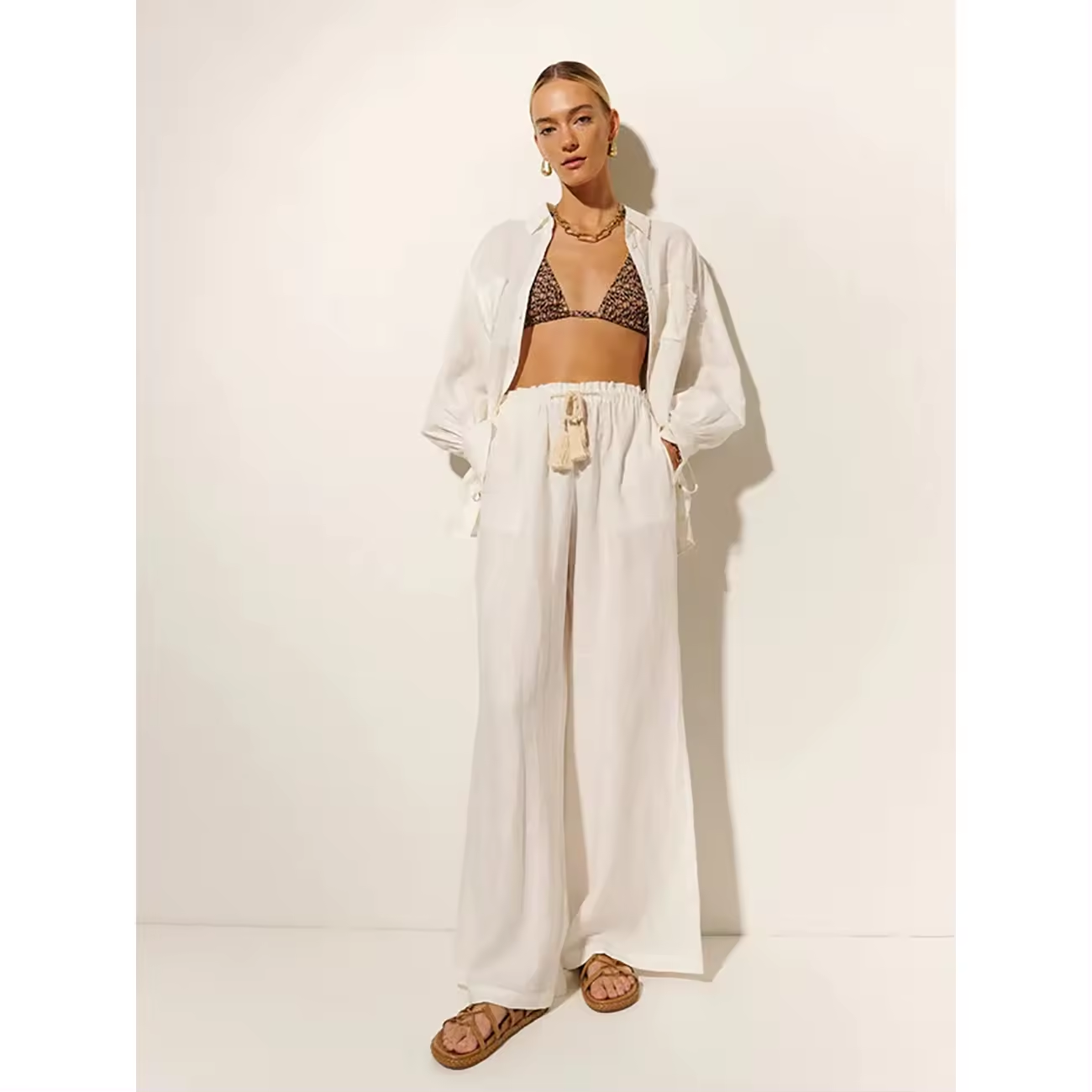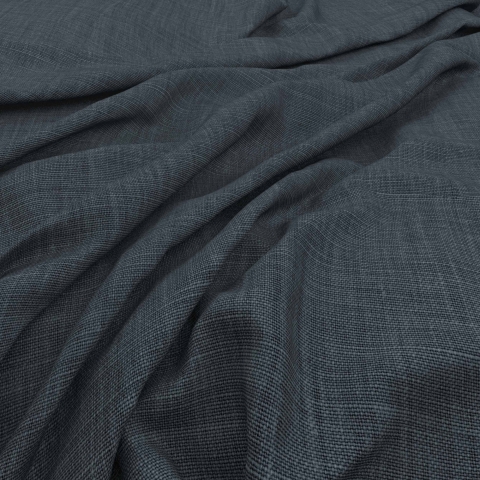Vintage linen embodies a timeless elegance that can enhance modern living in countless ways. Known for its durability, breathability, and classic beauty, vintage linen offers opportunities to incorporate a touch of antique charm into contemporary settings. Here are ten creative and practical ways to repurpose these cherished textiles into your everyday life.

Vintage linen refers to linen textiles that are not only aged but also carry a certain charm and quality from a previous era. Linen itself is a natural fabric made from the fibers of the flax plant, known for its durability, breathability, and natural luster. Here’s a deeper look at what sets it apart:
Vintage linen often dates back decades and can be considered an artifact from the past. It typically comes from a time when textiles were made with great care and attention to detail, often handcrafted or produced using traditional methods before the advent of modern industrial textile manufacturing. This historical context adds an intrinsic value to vintage linen, making it sought after by collectors and enthusiasts.
The quality of vintage linen is highlighted by its longevity. Linen is renowned for its strength and durability, and these properties are even more pronounced in vintage pieces that have withstood the test of time. Over the years, linen develops a softness without losing its structural integrity. So, it often features a unique texture and a soft patina that develops from years of use and care, distinguishing it from newer linen.
How Cotton Linen Blending Comfort and Breathability
Vintage linen typically possesses a rustic charm. With natural variations in its weave and color. So, manufacturers highly prize it in the world of décor and fashion. It may showcase natural, muted tones or bear faded patterns and prints that reflect the styles of its time. The aesthetic of this is not just in its appearance but also in its feel—each piece tells a story through its distinct texture and subtle imperfections.
Vintage linen is popular in home decor, fashion, and art for its aesthetic and historical value. We often use it in repurposed processes like tablecloths, bedding, clothing, and curtains. Artisans and designers value it for its ecological footprint as well, as reusing vintage fabric contributes to sustainable practices by minimizing waste and reducing the demand for new resources.
For collectors and vintage enthusiasts, acquiring vintage linen can be a pursuit of passion. These textiles can be sourced from antique markets, estate sales, or inherited as family heirlooms. Collectors appreciate vintage linen for its beauty and utility and its potential to appreciate in value over time.
You can expertly transform the Vintage linen into bespoke table settings that radiate sophistication and style. Utilize these fabrics to tailor unique tablecloths, napkins, and placemats. Each piece’s distinct texture and pattern add luxury and tradition to family meals or special occasions. Cutting and hemming this to suit your specific table dimensions or style preferences creates an inviting dining atmosphere that celebrates the past while serving the present.
Upholstering furniture with this material is an excellent way to infuse a rustic or shabby chic aesthetic into your home décor. Chairs, ottomans, and accent pillows clad in vintage linen not only stand up to daily use but also create eye-catching focal points in any room. The fabric’s sturdy nature, paired with its elegant appearance, allows it to blend seamlessly with various interior styles, providing both comfort and charm.
The light, airy quality of vintage linen makes it ideal for crafting exquisite window treatments. By turning these linens into curtains, you allow the natural light to delicately filter through, giving your rooms a bright, welcoming feel. Choose from simpler designs like cafe-style curtains for a quaint kitchen look or more elaborate, floor-length drapes that add drama and softness to your living spaces.
Piecing together different segments of vintage linen can result in stunning quilts or throws that are as cozy as they are beautiful. This project not only upcycles various linen patterns but also preserves a slice of textile history in a functional artwork. Use these handmade creations as throws over a sofa for added warmth or as decorative bedspreads that instantly elevate bedroom décor.

Repurposing vintage linen into clothing allows for the creation of unique, eco-friendly wardrobe pieces. The fabric’s natural breathability makes it perfect for crafting summer essentials like skirts, blouses, or scarves. Designing your garments also means no two pieces are the same, offering a special way to stand out with custom-made fashion that’s both stylish and sustainable.
It often features intricate embroidery and designs that are artworks in their own right. By stretching an embroidered piece over a canvas frame, you can create distinctive wall hangings that celebrate the craftsmanship of bygone eras. This decor not only preserves the beauty of vintage textiles but also adds a unique, historical element to your home’s aesthetic.
Constructing tote bags from vintage linen offers a practical application for the sturdy material. This results in accessories that blend functionality with vintage appeal. These bags are perfect for everyday errands or as stylish substitutes for plastic shopping bags, helping you contribute to environmental sustainability while showcasing your unique style.
Using it to create custom book covers helps protect your literature with a personal touch. So, this approach not only preserves your books from wear. But also unifies your collection with a cohesive, antique flair that enhances your home library or reading nook.
Crafting kitchen accessories from vintage linen, such as oven mitts, pot holders, and aprons, introduces a functional yet vintage charm to your culinary space. These handmade items not only protect you while cooking but also infuse your kitchen with a nostalgic atmosphere that makes everyday meals feel a little more special.
Finally, vintage linen can serve as a beautiful, reusable wrapping for gifts. So, using this material as an alternative to paper not only reduces waste. But also adds a personal and thoughtful touch to your gift-giving. Which makes each present memorable and distinctly elegant.

Conclusion
Finally, vintage linen is not just a fabric; it’s a versatile, historical canvas that offers endless possibilities for creative and functional uses. Whether you’re enhancing your home, updating your wardrobe, or giving a gift, it provides a sustainable and stylish option that celebrates the richness of the past. By incorporating these ten innovative uses into your life, you not only honor the heritage of vintage textiles but also contribute to a more sustainable, aesthetically pleasing lifestyle.
Our Bamboo Linen collection offers a delightfully soft texture and an elegantly relaxed drape, perfect for those who cherish both comfort and style. Starting with premium bamboo fibers, known for their eco-friendliness and natural softness, we carefully spin these fibers using advanced techniques. This process not only enhances the fabric’s inherent breathability but also its overall comfort. Furthermore, we employ an environmentally friendly dyeing method that meets the rigorous standards of OEKO-TEX Standard 100 certification, ensuring that no harmful chemicals are involved. Consequently, our bamboo linen emerges as a luxurious, eco-conscious choice that delivers unmatched comfort and a cleaner environmental footprint, making it ideal for anyone looking to add a touch of sustainable luxury to their daily life.
Firstly, it stands out due to its age and the unique qualities it develops over time. Unlike newer linen, vintage linen often features a softer texture and a patina that only comes from years of use and proper care. Additionally, the weaving techniques and finishes from past eras add to the distinctiveness of this, making each piece uniquely characteristic of its time.
To identify genuine vintage linen, look for signs of natural wear and a certain degree of softness that suggests age. Moreover, check for any manufacturer tags or markings that could help determine its era. Vintage linen usually has a more irregular weave and natural color variations, which are less common in modern linens and are often perfectly uniform and bleached.
Carefully caring for vintage linen is crucial. Start by washing it gently by hand or in a washing machine on a delicate cycle with mild detergent. Furthermore, avoid using bleach and harsh chemicals, as these can damage the fibers. To dry, lay the linen flat or hang it to dry naturally, avoiding direct sunlight which can fade the fabric. You should iron the to ease and remove the wrinkles.
Indeed, vintage linen is not only beautiful but also incredibly durable, making it suitable for everyday use. Whether repurposing it into clothing, using it as table linen, or incorporating it into home décor, vintage linen adds functionality and aesthetic appeal to daily life. So, its ability to withstand frequent use also makes it a practical choice for households.
Vintage linen is regarded as sustainable for several reasons. Primarily, utilizing vintage materials reduces the demand for new textiles, diminishing the environmental impact associated with production, from cultivation to manufacturing. Moreover, linen is a naturally sustainable fiber, requiring less water and pesticides than cotton. By choosing vintage linen, you’re supporting environmentally friendly practices and contributing to a circular economy.